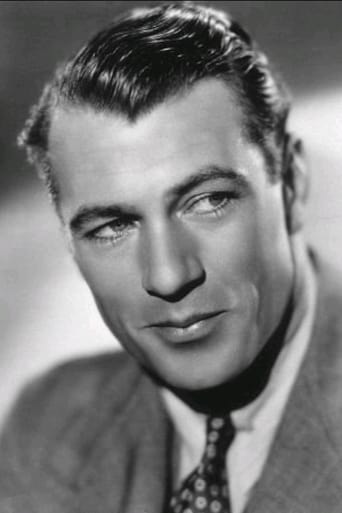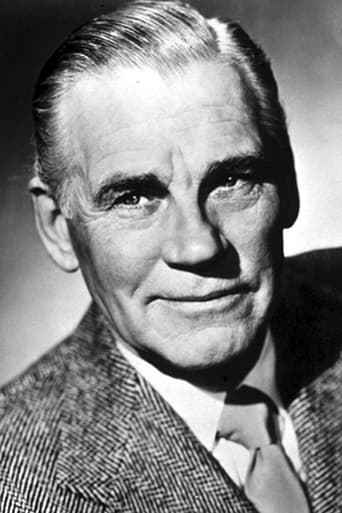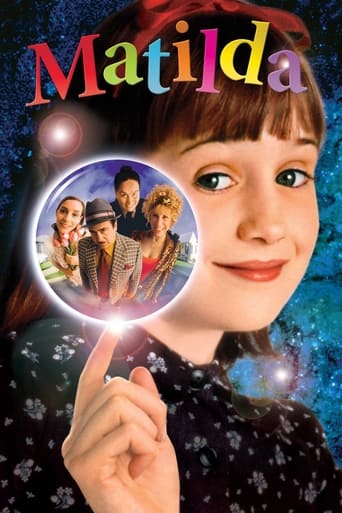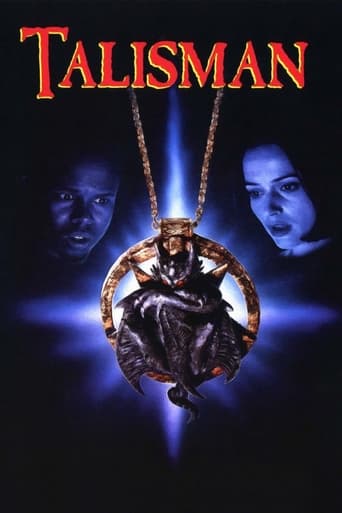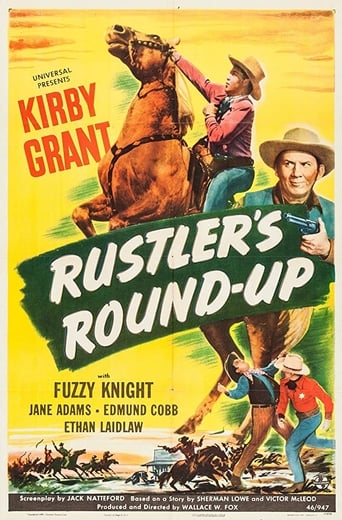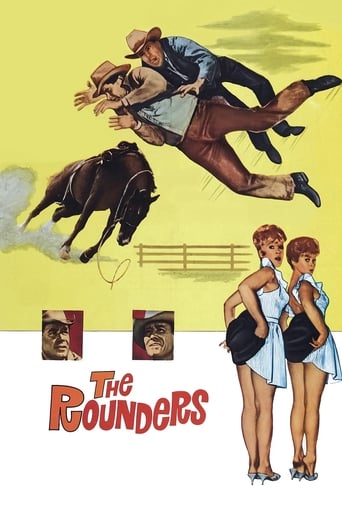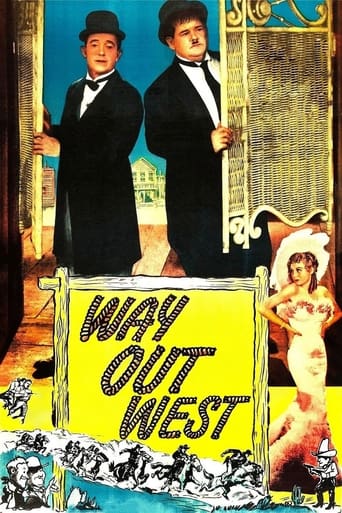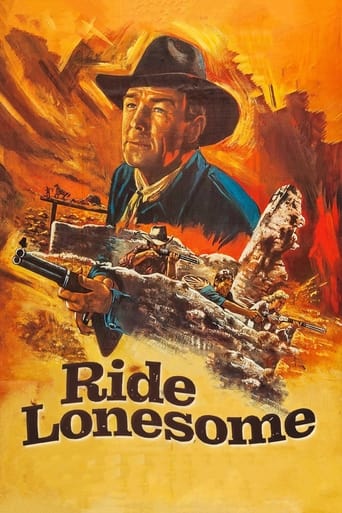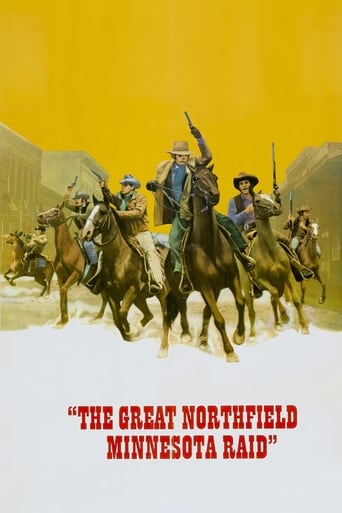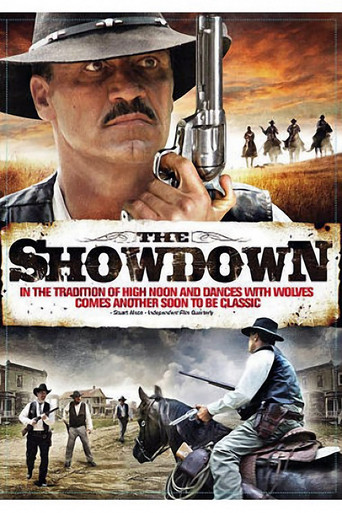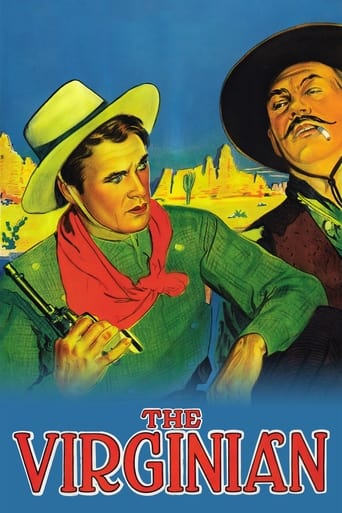
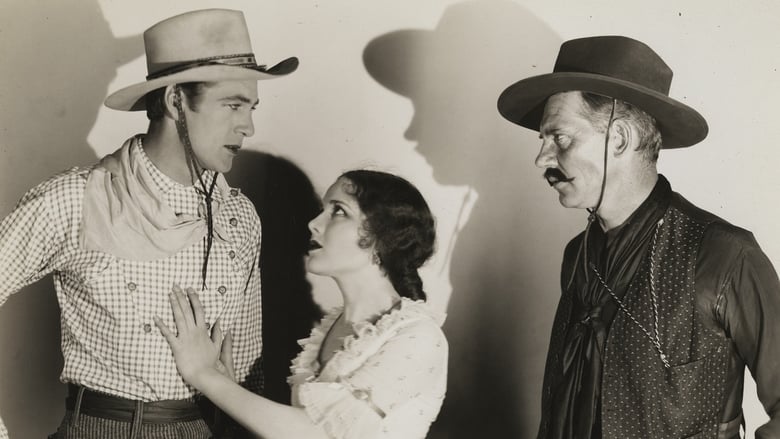
The Virginian (1929)
A good-natured cowboy who is romancing the new schoolmarm has a crisis of conscience when he discovers his best friend is engaged in cattle rustling.
Watch Trailer
Cast


Similar titles
Reviews
For his initial all-talking movie, Victor Fleming directed Gary Cooper in a rousing version of The Virginian (1928). Although Cooper's account of the title role was both charismatic and convincing, acting honors were stolen by Richard Arlen, of all people, as the hapless Steve. Walter Huston as the evil Trampas also overshadowed Cooper. Mary Brian's somewhat colorless heroine proved no match for the male trio, although she did come into her own at the climax. Eugene Pallette and Chester Conklin were on hand for comedy relief, but fortunately this angle was not overplayed. Fleming not only kept the comedy under control, but accentuated the drama by adopting a remarkably free-wheeling style. In fact, Fleming emerges as one of the few major directors who was not frightened by sound, but continued to handle the script in a thoroughly filmic - rather than a stagy - fashion. (Formerly available on a 9/10 VintageFimBuff DVD).
THE VIRGINIAN (Paramount, 1929), directed by Victor Fleming, from the popular 1902 story by Owen Wister, stars Gary Cooper in his talking movie debut. Having made an impression with theater audiences in a small role from the silent World War drama, WINGS (Paramount, 1927), that earned the distinction of becoming the first Academy Award Best Picture winner, Cooper was soon elevated to leading roles in other silent features, some being westerns, before a whole new career opened for him when his spoken voice was heard for the first time. As the title character, Cooper's success in talkies was assured, even without an Academy Award nomination for a western role that was honored earlier to Warner Baxter playing The Cisco Kid in IN OLD ARIZONA (Fox, 1929).The plot development set in Wyoming introduces the nameless cowboy known to all simply as The Virginian (Gary Cooper) mainly because he's from Virginia. Working as a foreman of the Box H Ranch near Medicine Row, his best pal, Steve (Richard Arlen), a free-spirited cowboy, believes there's a better way to earn money than working. It so happens that, unknown to the Virginian, Steve is connected with Trampas (Walter Huston, in traditional villain role of thick mustache and dark hat) and his gang of cattle rustlers. Arriving from the Union Pacific train is Molly Stark Wood (Mary Brian), the new schoolteacher in town. Her beauty finds The Virginian and Steve rivaling for her affection. At first Molly dislikes The Virginian and devotes her attention to Steve, even with these two acting like little boys playing jokes on one another. Eventually the laughs come to an end as Steve, Pedro (Charles Stevens) and Jim (James Mason) are caught by a posse for cattle rustling, forcing the Virginian to take leadership in their hanging execution the next morning. Before Steve dies, he leaves The Virginian his name engraved gun. Because Trampas is responsible, The Virginian sets out to get him, but on the very day of his wedding to Molly, Trampas threatens the Virginian to leave town before sundown, causing the future groom-to-be faced of being branded a coward or forced to go against Molly's wishes and risk losing her by going on the one on one showdown with Trampas. Others in the supporting cast include: Helen Ware (Mrs. Taylor); Eugene Palette (Honey Wiggen); Chester Conklin (Uncle Hughey); Victor Potel (Nebrasky); George Chandler, Ed Brady and Nena Quartero in smaller roles.Regardless of its age and familiarity, THE VIRGINIAN is an oldie but a goody. "When you call me that, SMILE!" and "Get out of town by sundown" are the film's most famous quotes. Notable scenes include the Virginian and Steve's greeting each other to the whistling sound of a quail; Molly's reaction to her schoolroom of children singing "Three Blind Mice" off-key; Virginian and Steve switching infants in separate room prior to their christening; The Virginian's reaction when having to participate in Steve's execution and hearing an actual quail's whistling prior to it; tense moments between the Virginian and Trampas, among others. Unlike early talkies of the time, THE VIRGINIAN is well paced for 90 minutes, and refrains from actresses, mainly Mary Brian, from overacting in the silent film tradition by allowing her to give a more natural performance. Aside from scenes set in bars or hotel rooms, much of it outdoor scenery appears authentic rather than a closed set with phony painted background. THE VIRGINIAN may seem strange to contemporary viewers where underscoring is non-existent, unless one counts the mooing sounds of cattle steer heard during the opening credit titles. Unlike some early talkies, there's no inter-titles depicting what's to take place in the next scene to come.Next to The Marx Brothers comedy, THE COCOANUTS, THE VIRGINIAN seemingly appears to have been the only other Paramount theatrical release from 1929 made available to broadcast television with frequent revivals in the sixties, seventies and onward, indicating its popularity decades after its initial release. When distributed to video cassette in the early 1990s, the clam-shell box labeled the 1929 edition as the original version, overlooking the fact that there were two earlier silent editions that preceded it: 1914 (Dustin Farnum) and 1923 (Kenneth Harlan). Paramount remade the newly Technicolor and underscored edition of THE VIRGINIAN (1946) starring Joel McCrea, Brian Donlevy and Barbara Britton in the Cooper, Huston and Brian roles, with more emphasis on Molly than on the titled character. THE VIRGINIAN also became the basis of a television series starring James Drury in the 1960s.Unseen on cable television since its presentation on American Movie Classics (1994-1999), THE VIRGINIAN (1929), along with other frequently shown screen adaptations as the 2000 TV movie, turns up occasionally on Encore Westerns, most commonly after sundown where programs directors smile when they do that. (***)
I have to admit, the Western genre usually isn't up my alley, but this one grabbed me when I saw it as a teenager on Christmas break in 1973, and so when I saw it was for sale on DVD-R I bought a copy. My memories did not deceive me - it is still a very good Western whose technique is seemingly unencumbered by the youth of sound technology in 1929.Some things are rather obvious Western clichés, such as the fact that the hero - The Virginian (Gary Cooper) - is always wearing a white hat and generally a light colored shirt. Trampas (Walter Huston), the villain, is always wearing a black hat and black shirt and has a kind of Yosemite Sam black mustache that is so large and cartoonish that Walter Huston is almost unrecognizable underneath it. Steve (Richard Arlen), the Virginian's friend, starts out wearing gray looking clothing. This indicates Steve is no hero but not an outright villain either - he just longs for some easy money. He wears more and more black as Trampas seduces him with the possible big scores of cattle rustling. Then there's the famous line "Smile when you say that" uttered by the Virginian to Trampas. Many people think that line originated here, but it was used in westerns before this. Among those that still exist there's 1925's "Go West" with Buster Keaton being given this command and who would comply if only his facial muscles would let him.However, Paramount, the studio that in the early talkie era employed Lubitsch, Chevalier, and Dietrich and made so many sophisticated precodes was also capable of making one of the best of the early sound westerns. The emotions here are real - including the hanging of some rustlers, some who meet their end with courage and others who meet it with cowardice. Those hanging them are without malice - it is just something they have to do or else they'd be overrun by the lawless and starve to death.Civilized America is symbolized by schoolmarm Molly Stark (Mary Brian), imported from Vermont to teach the pioneers' children and increasingly horrified by the savagery of the place. She just doesn't get that you can't expect some imaginary police force to come to your rescue. The romance between her and the Virginian has many parallels in "High Noon" made 23 years later.Not to say this one is all serious though, there are plenty of laughs to be had especially in the first half of the film. Especially charming and funny is the scene where Molly and the Virginian discuss Romeo and Juliet with the Virginian giving insight into the soul of a pioneer with his interpretation of the story. Then there's Eugene Palette as a cowpoke. Palette like Cooper had been around during the silent era, but the coming of sound increased their value as performers. I'd recommend this to fans of the early talkie whether Westerns are normally of interest to you are not. This is really a good and interesting film.
Gary Cooper delivers, with a formidable supporting cast, an excellent performance which struck a cord with audiences who had seen it way back when. Victor Fleming adds life and mobility to the camera that many directors were struggling to find through the cramped constraints of the early talking picture. Fleming knew that disc recording wasn't going to make it in the movies for much longer and decided to use the improved Western Electric sound-on-film system. $425,000 later, it proved a decision he was glad he had made. Mary Brian is gorgeous as the loved but lonely heroine from Vermont, stranded and alone in a world so wide open and unpredictable that Coop's presence (after much deliberation) proves warm and protective. Richard Arlen, who was billed way above Coop in "Wings" (1927) makes a fine supporting character in the role of Steve, a cocky cattle rustler thirsting for adventure in all the wrong places, much different from David Armstrong, the character he portrays in "Wings". This proves his ability to adapt to different roles, which is to me, a film-maker myself, one of the most important qualities an actor can possess. Such is the case of Walter Huston, who doesn't even LOOK or SOUND like Walter Huston here. Of all the actors in the picture, I think his performance is probably the best; his make-up, his voice, his devilish smile make him a formidable adversary for our man Coop. This picture deserves a DVD release for more reasons than I care to list, if only to lend itself to a new generation of an audience. If you happen to find it in any format, I hope you shall agree with me on at least giving it a DVD release.


